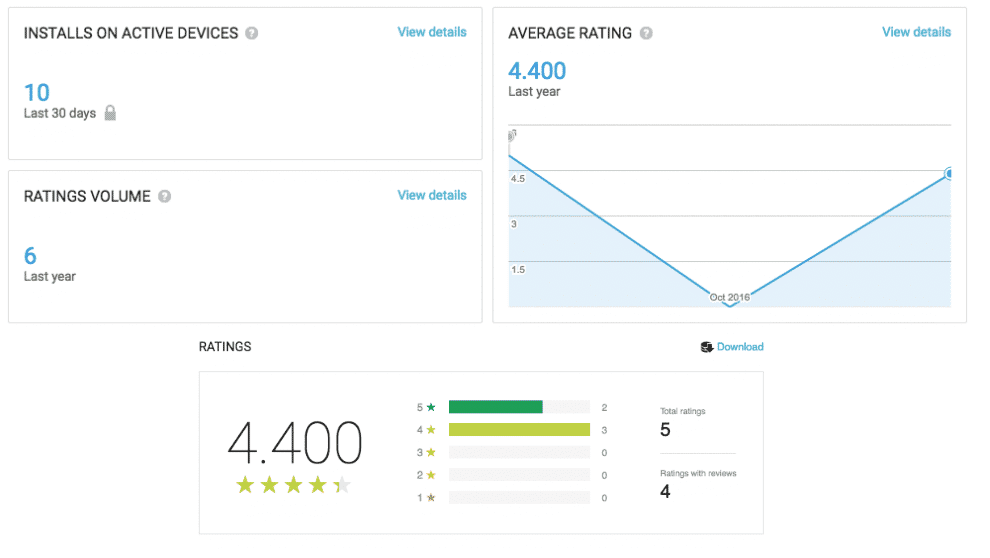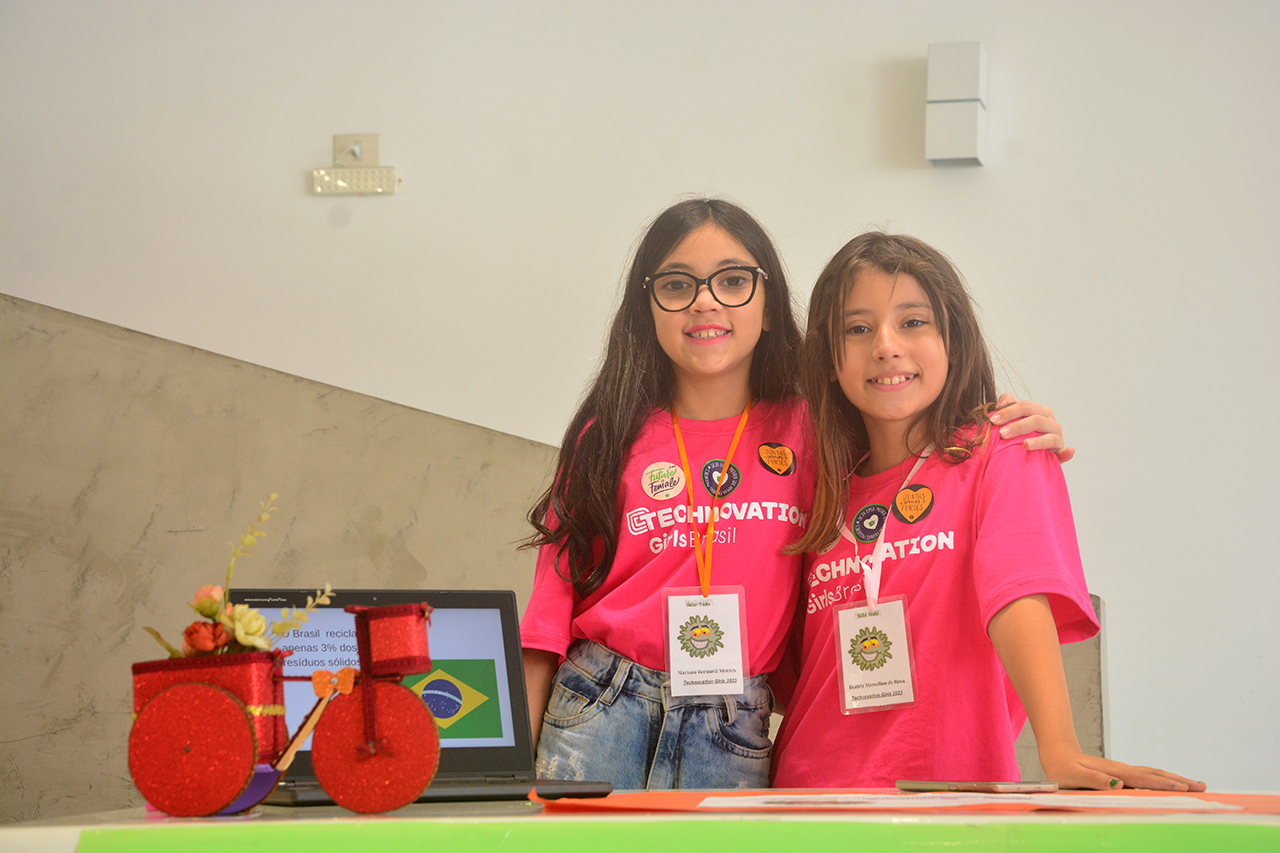SENIOR DIVISION ONLY!
- Learn what marketing is
- Make a plan for more people to use your app through marketing
- Develop the marketing plan section of your Business Plan
- Try out some of your marketing ideas and revise your marketing plan
These are the activities for this lesson:
MARKETING
You could create an awesome product that solves a really important problem, but your business will not be successful if no one knows about or uses your product.
Marketing is the process of telling people about your product and getting them to use it.

REMEMBER YOUR USERS
You know who your users are already!
- from your Unit 3 Market Research work
- from your Unit 5 Project Canvas work
In this lesson, you will create a marketing strategy, which is a plan so that more people learn about and use your product.
MARKETING GOALS
Let’s start thinking about some marketing goals your team wants to accomplish.
These should be realistic and measurable so that you can reach them and see if your strategy is working.
Here are some examples of goals:
- Get at least 100 app downloads per month
- Get at least 10 likes per social post
- Get at least 100 followers on each social media account
- Reach $100 in sales per month
Your team will work together to decide on 2-3 goals in total.
Remember: If your goals are too high, you’ll become discouraged because you may be unable to reach them.
Then you will have to consider how you will achieve your marketing goals.
4 P'S OF MARKETING
Product
Place
Examples:
- Google Play or Apple App Store
- Your own website
- Other websites that focus on the problem you are solving
- Social media pages and advertisements
- Positive but honest reviews from friends
Price
Promotion
PROMOTION STRATEGIES
 This is not required, as it’s an expensive option, but it might be the best way to reach some of your users.
This is not required, as it’s an expensive option, but it might be the best way to reach some of your users.
Getting started:
- Websites
- What are some websites that your users might visit, where you might place an ad?
- Think of local options to keep the cost down. Consider your school or town website.
- Newspapers, magazines
- Think local. Does your town have a newspaper? Your school?
- Your ad should be
- eye-catching
- explain what your product is for
- explain why someone should use it.
- Radio or television
- This can be expensive, so think local.
- Does your local university or school have a radio station? A local TV station?
- Local stations sometime feature local people and initiatives

Creating social media accounts for your product is free, but the real work is getting followers and keeping them interested. You’ll have to create interesting posts to engage your users.
Getting Started
- With your parent or guardian’s permission, make a free Facebook page, Instagram, or Twitter account for your product. Remember to review these safety tips for staying safe online.
- Add your logo, a picture of your team (optional) and anything else you would like to share.
- Make your first post.
- Ask friends and family to follow you to get started.
- Focus on your target users. What things are they interested in?
- Post pictures that illustrate the problem you are solving or interesting pictures of your team.
- Use relevant hashtags with your posts.
 Word of Mouth Marketing (WOMM) is often the best way to get people to try your product.
Word of Mouth Marketing (WOMM) is often the best way to get people to try your product.
92% of Nielsen-surveyed consumers believe their friends and family over any kind of advertising.
(Source: https://blog.hubspot.com/agency/how-online-word-of-mouth-marketing-is-changing)
Getting Started
- Encourage people to talk about your app.
- Use your friends and family to spread the word.
- Use your local connections to promote your app.
- If you know an important figure or influencer, ask them to speak on behalf of your app.
 Try looking for organizations in your community that are trying to solve the same problem as your project. The organization most likely has members or clients they work with who would be willing to try out your product. They can also provide feedback during development!
Try looking for organizations in your community that are trying to solve the same problem as your project. The organization most likely has members or clients they work with who would be willing to try out your product. They can also provide feedback during development!
Getting Started
- List organizations or groups in your community or region that are tackling the same problem as your team.
- Email or phone each organization.
- include a short description of your project.
- ask to work with them to solve the problem together.
- If they do not respond to email, try phoning them to talk directly to a person within the organization.
Here are some marketing tips to consider.
Will they see posters you hang around your school?
But a commercial on TV costs money.
How are they promoting their product?
What are they doing to solve the problem?
Let them know what you are working on.
See how you can work together.
ACTIVITY 1: MARKETING PLAN
Set marketing goals and strategies
- List 2-3 marketing goals for your app or business.
- Choose 1 or 2 marketing strategies and try them out.
ACTIVITY 2: GET FEEDBACK
Getting Feedback - several days
Get user feedback from your marketing strategies
- Implement a marketing strategy
- Ask users some questions about the strategy.
- Adjust your marketing plan based on the feedback.
REFLECTION
Congratulations, you have a marketing plan! Let’s review what you did:
- Set your marketing goals.
- Created strategies to achieve your goals.
- Found a way to track and assess your progress.
Remember, your marketing plan can change as other factors change, like your product (or its features), user perception, or even budgets. It’s up to you to be flexible and modify your plans as best you can.

REVIEW OF KEY TERMS
- Marketing – the process of telling people about your business and getting them to use your product
- 4 P’s of Marketing
- Product – the thing you are selling or offering
- Promotion – the way you tell customers about your product
- Price – how much the customer will pay for a product
- Place – where you are selling your product
- Product – the thing you are selling or offering
- Strategy – how you will market your app so that you can meet your goals
- Assessment – whether or not your strategy is working
ADDITIONAL RESOURCES
Metrics
To check the progress of your marketing plan in action, you can track your goals using metrics.
The metrics you measure will depend on the goals you are trying to achieve.
For example, if you choose to upload your app to the Google Play and Apple App Stores, you can track how many people download your app.
Each store has its own way to track downloads.
Example: Google Play Metrics
This is a view of the Google Play Developer Console. You can track:
- how many users installed your app
- how many uninstalled it
- countries the app is being downloaded in
In this example, the app has been:
- in the Google Play Store for 3 months
- downloaded 11 times
- uninstalled once

You can also see how people rated your app.
You can see when ratings were added, and what the ratings were.



